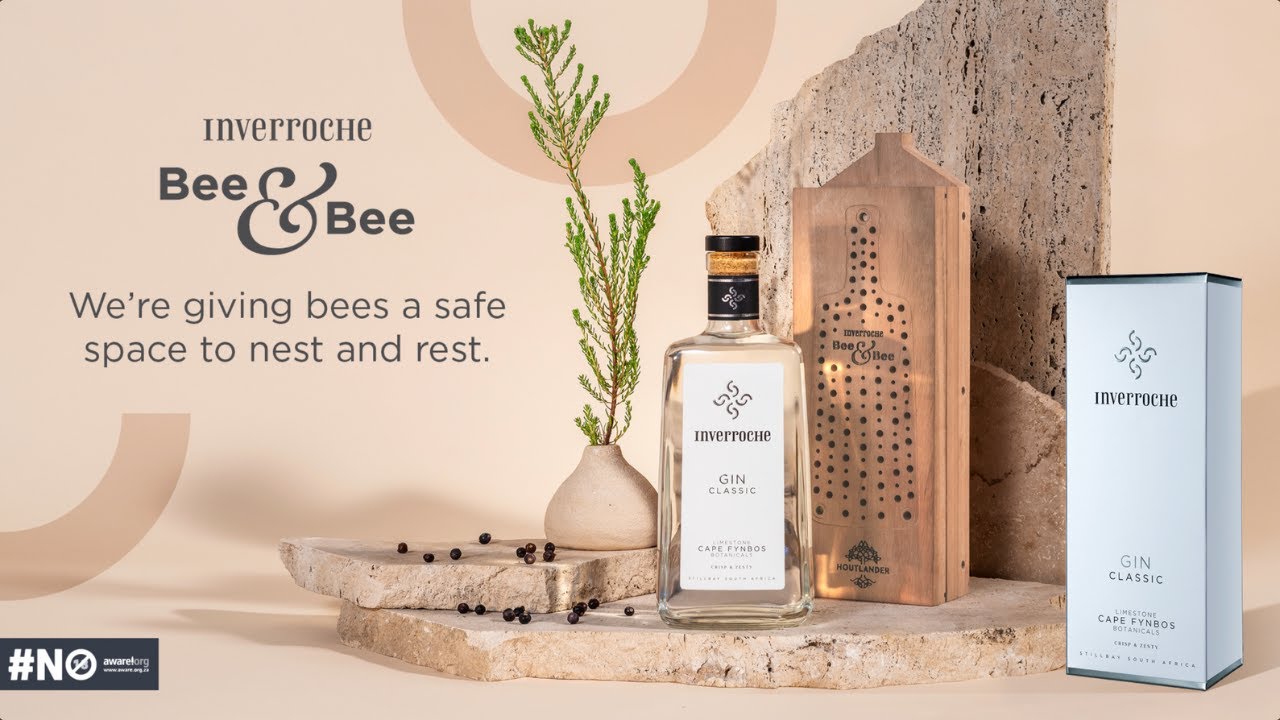CHEERS | spirits

Trending
Gin, the juniper berry scented distilled spirit, has been trendy for almost a decade. It continues to defy predictions of its demise in favour of “the next hot thing” in the spirit world. What are some of the forecasts and predictions for its future?

A decade ago gin was not nearly as popular as it is now. Social gatherings, braais and dinner parties with friends would have seen a predominantly older, more traditional demographic sedately sipping on a gin and tonic in a hi-ball glass. Then the gin phenomenon happened and the demographic changed as much as the iterations of gin did. Large bulbous oversized glasses with sprigs of rosemary, blueberries, strawberries and even peppercorns or rose petals could be spotted in the hands of a younger, more dynamic and enthusiastic consumer.
Gin was on trend: fashionable and fun! “It’s a fad,” the pundits stated. “The boom can’t last… it’ll be followed by a bust.” Not so. Gin has defied the doom mongers and naysayers by evolving, innovating and continuously presenting new elements to an increasingly infatuated and appreciative audience.
The latest statistics reflect that the global gin market currently stands at around 820 million litres and this figure is predicted to rise to 1.07 billion litres within the next five years if its compound annual growth rate of 5% is maintained. According to the number crunching analytical boffins, the worldwide gin market was worth $15.2 billion – or R288.8 billion at an exchange rate of R19 to the dollar.
No surprise then that the UK Office of National Statistics reported last year that there were 820 gin distilleries in the UK – up from 190 in 2015.
One of the biggest trends emerging from the popularity of the newfound love for this white spirit is the increasing interest in cocktails. The rise and rise of the Negroni and the renaissance of the Martini are just two obvious examples. Research has also shown that much of the interest in gin and cocktails is being driven by women, so marketers are targeting promotions and advertisements to that demographic.
A further trend analysts have noted is the appreciation for the artisanal or craft element of gin – something shown by the burgeoning numbers of gin distilleries, as mentioned above. An IWSR (International Wine & Spirits Record) report said small distillers have been crucial to the gin market’s growth. “The emergence of the craft gin movement, emphasising its provenance credentials, was a marketing masterstroke, perfectly timed to coincide with the global rise of social media and consumers’ growing interest in authentic brand stories.”
That last point about authenticity also links into another of the increasingly important trends in gin – sustainability. Much of what’s written about sustainability in the gin sphere relates to packaging and recyclability. For example, actor Brad Pitt has jumped on the gin bandwagon, lending his star appeal to a London-style gin made in partnership with ex-Tanqueray distiller Tom Nichol. Called the Gardener Gin, the uniquely shaped flared bottle is a sea- green hue with the lid being a stopper of carved wood, according to Forbes.com. “It is a quest for perfection, dreamed up by friends who share a dedication to art and to craft,” the report states.

South Africa’s wonderful biodiversity is a rich source for gin distillers – as one of the pioneers in the field demonstrates. Inverroche has gone from strength to strength on the basis of distilling their gins with fynbos botanicals found in the local Stilbaai area – and also offering those to customers in their differentiated Amber or Verdant bottlings.
The latest Inverroche innovation involves special packaging which will appeal to the conservation and environmentally concerned consumer. The gin bottle can be bought in Bee & Bee’s guise – which is basically a wooden box (from invasive alien trees), which has been pre-drilled with holes. The box can then be disassembled and reconfigured to form a bee hotel.
As their website states, not all bees are honey bees – around 90% are solitary bees which do incredibly important work in pollinating crops and plants. “There are over 1 000 different species of solitary bees in South Africa, and together we can all play our part in helping protect them,” Inverroche’s website states. “They don’t stay in hives, instead they nest in holes made by other insects because most of them can’t make their own holes. So when their natural habitat starts disappearing, so do their chances for survival. That’s where bee hotels come in.”
Hence the need for accommodation for these hardworking insects – and a great story and marketing angle for Inverroche.
Two final trends worth noting were detailed in a report published by Beverage Dynamics. The first is the growing interest in aged gin – basically gin which is allowed to mature in vats or barrels for some length of time, much like whisky or brandy. This is still a minute segment of the market but is one which appeals to spirits geeks because of the additional flavour and complexity that barrel aging imparts.
The other is that in the ever-increasing segment of ‘No and Low’ – either zero-alcohol or reduced alcohol spirits. South Africa is already well served with examples of these. There are a host of examples available here: Abstinence, Ginologist, Musgrave, The Duchess, Fijnbosch, Tanqueray and others which are alcohol-free. Then there are those like Tanqueray Flor de Sevilla, for instance, which are labelled spirit aperitifs because of its lower 35% alcohol by volume, rather than the normal 43%.
Whatever the next five or 10 years may hold, one thing is certain: gin will still be trendy – but it might just be in a different fashion.
